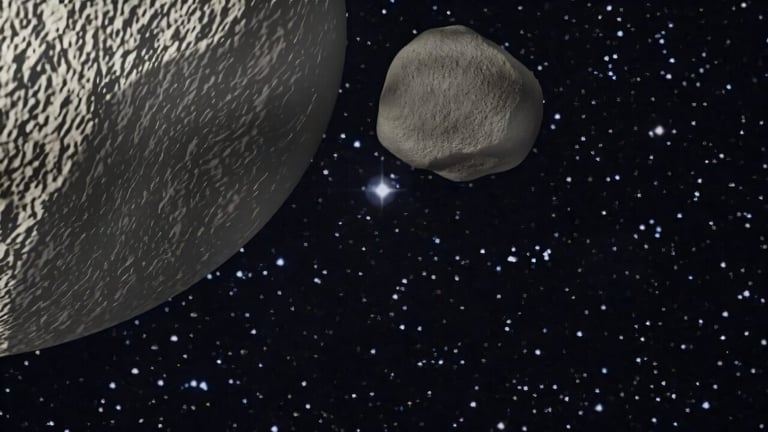Ancient Stellar Flyby Shaped Trans-Neptunian Orbits and Colors, Study Reveals
July 16, 2025
This survey is expected to confirm that distant TNOs will predominantly display light red to gray colors, consistent with the flyby hypothesis and offering insights into their chemical composition.
Simulations reveal a correlation between TNO colors and their orbital dynamics, with red TNOs mainly at low inclinations and periastron distances, while green to blue TNOs are more common at higher inclinations, indicating different origins.
TNOs, including Pluto, are remnants from the early Solar System, formed in the cold outer regions, and exhibit a range of surface colors from gray to red due to chemicals like tholins.
Supercomputer models of a 0.8 solar mass star performing a flyby at 110 astronomical units demonstrate that such an event could shepherd TNOs into spiral arm shapes and influence their distribution.
These ancient objects, with eccentric and inclined orbits, provide valuable clues about the early Solar System's conditions and chemical makeup, which are reflected in their surface colors.
Recent research published in The Astrophysical Journal Letters suggests that a close stellar flyby in the early history of the Solar System significantly influenced the unusual orbits and color distributions of Trans-Neptunian Objects (TNOs).
Led by Prof. Dr. Susanne Pfalzner, the study proposes that this stellar flyby, which likely occurred when stellar densities were higher, caused the eccentric and inclined orbits observed in TNOs and impacted the structure beyond Neptune.
The research indicates that the stellar flyby has played a crucial role in shaping the current dynamics and surface characteristics of TNOs, linking their formation history to their present-day structure.
Simulations show that after one billion years, the effects of the stellar flyby diminish, but the distinct color differences between low- and high-inclination TNOs remain, supporting the idea that these features are tied to their origins.
The upcoming Legacy Survey of Space and Time (LSST) by the Vera Rubin Observatory aims to vastly increase the number of known TNOs, which will help verify the simulation predictions and deepen our understanding of their formation and evolution.
Summary based on 2 sources
Get a daily email with more Science stories
Sources

Phys.org • Jul 16, 2025
Astronomers use the colors of trans-Neptunian objects to track an ancient stellar flyby